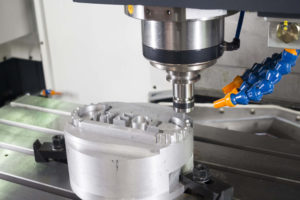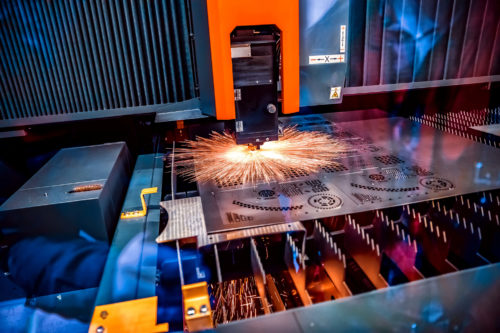Industries that Benefit from Laser Cutting
Leave a CommentLaser machines are commonly used by Original Equipment Manufacturers (OEM), suppliers, and job shops, such as Serra Laser. Some companies specialize in certain industries, while others have more flexible business models. Here are some key industries that benefit from laser cutting, a very efficient way of generating high volume products in a short time frame.
Inventors Who Need Prototypes
A wide array of industries now rely on laser cutting because of its high level of accuracy, agility and sustainable qualities. At the core of business innovation are engineers, developers and entrepreneurs looking for new ways to solve market problems. When there’s a race to patent a new product to beat the competition, laser machines are reliable for creating prototypes, as well as for wider production.
Automotive Manufacturing
One of the key industries that heavily relies on laser cutting is automotive manufacturing. Cars and trucks are comprised of thousands of parts that must be precise, which is why automakers need laser cutters, as no other machine delivers more high speed efficiency. It’s an industry that encompasses multiple stages of development, many of which require laser cuts.
Today’s auto parts are much smaller and sophisticated than in the past and must be cut into specific shapes and sizes. Not only can laser cutters do this work more efficiently than other machines, they allow for smoother edges and maximize materials. Compared with other processes, it’s the least wasteful, which allows a company to say it contributes to sustainable manufacturing. Another reason automakers favor laser cutters is they are much safer to use than other cutting tools.
Engraving serial numbers on parts is another function of laser cutting that is essential for automakers, as well as many other industries. Furthermore, precision laser cutting beyond metal is used for cutting various materials including the cloth for airbags.
Musical Instruments
While many musical instruments are still hand-crafted, the majority of mass manufacturers in the field rely on laser cutting for quality control purposes. The guitar is still the best selling instrument in America according to the National Association of Music Merchant statistics, selling over 2 million units per year. Guitars must be manufactured in a precise way in order to have high quality sound, as any small defects can compromise frequencies.
Laser cutters must be used to cut almost every aspect of the guitar from the body to the face, neck and fretboard. The curvy S-shaped body of an acoustic guitar is particularly crucial to achieve pristine sonic elegance. Electric guitars have electronic metal components, which are also cut with laser machines. Several other musical instruments are more efficiently manufactured with these state-of-the-art cutters.
Medical Equipment
Modern medical equipment manufacturing has been greatly advanced by laser cutting. Due to high demand for healthcare, it’s critical for the medical industry to continue to finding innovative ways to cut costs while developing life-saving equipment. Medical devices are getting smaller, which calls for finer cuts that only a laser cutter can effectively provide.
Are you ready to see how laser cutting can help you produce large quantities of parts accurately and effectively, just as it has aided industries around the globe? Contact us at Serra Laser & Waterjet to learn more about the benefits of laser cutting and how we can assist you.



